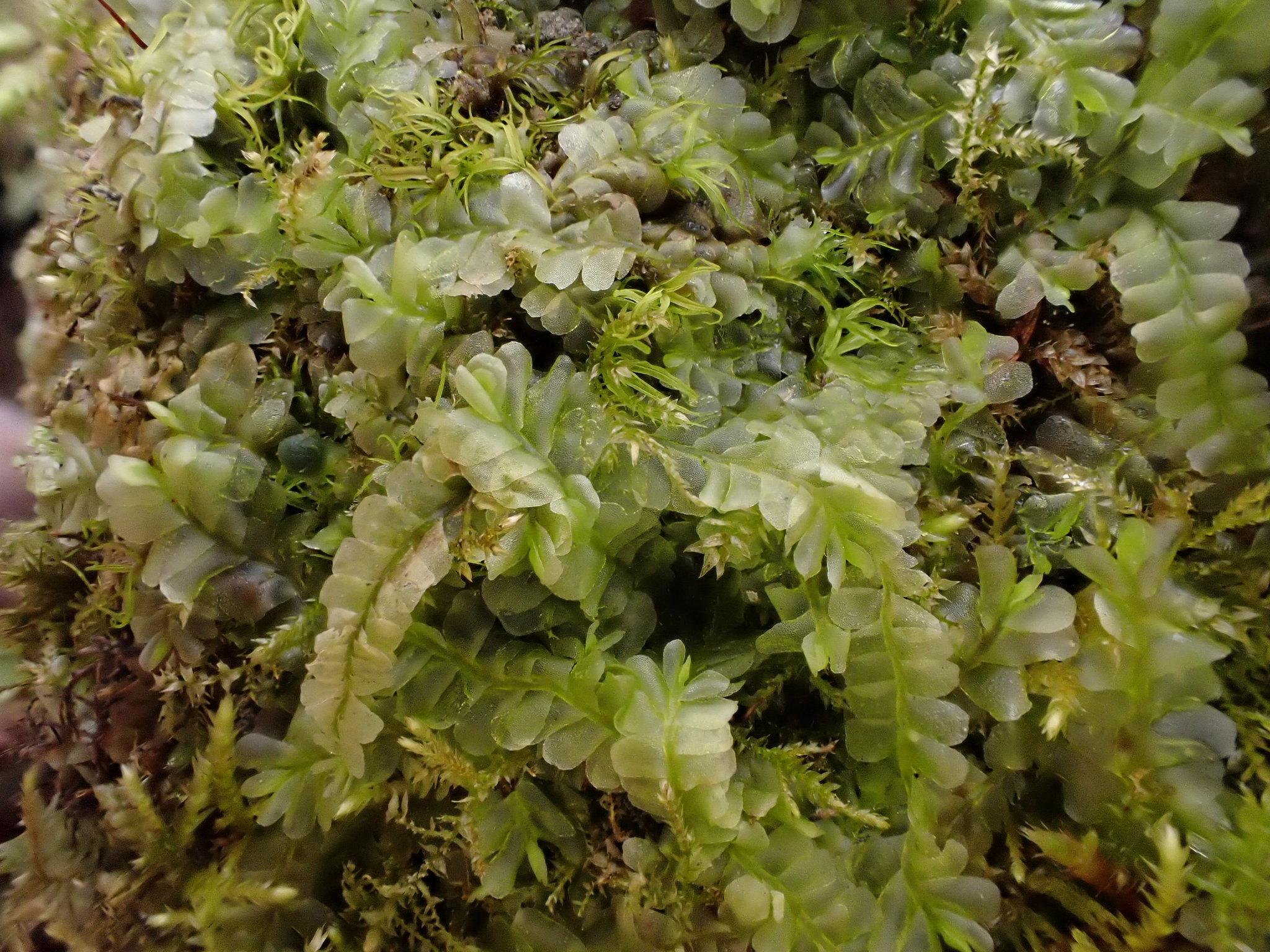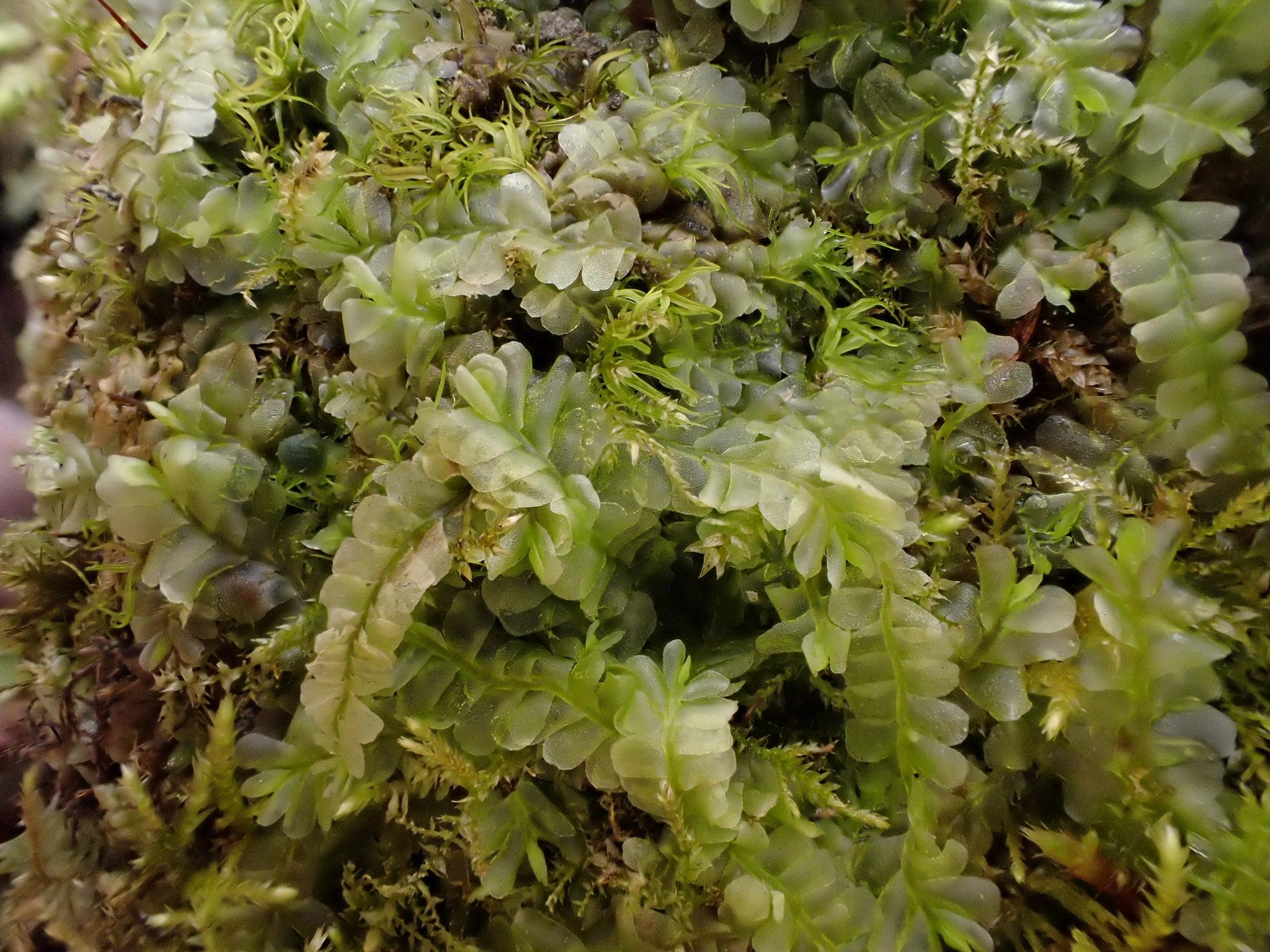
original.jpeg from: https://www.gbif.org/pt/species/8300994
Introduction
In the vast and captivating world of bryophytes, the Chiloscyphus coalitus (Hook.) Dumort.

original.jpeg from: https://www.gbif.org/es/species/2688743
moss stands out as a remarkable member of the Lophocoleaceae family. Also known simply as Chiloscyphus, this unassuming yet fascinating plant has captured the interest of enthusiasts and researchers alike. Let’s delve into the intriguing realm of this moss and uncover its secrets.
Background
Before we explore the intricacies of Chiloscyphus coalitus, it’s essential to understand its place within the broader context of bryophytes. These non-vascular plants, which include mosses, liverworts, and hornworts, are often overlooked but play a crucial role in various ecosystems. As members of the phylum Marchantiophyta and class Jungermanniopsida, liverworts like Chiloscyphus are fascinating organisms that have adapted to thrive in diverse environments.
Main Content
Morphology and Identification
Chiloscyphus coalitus is a small, creeping liverwort that forms dense mats or patches on the surfaces it inhabits. Its delicate, feathery appearance belies its resilience and ability to withstand challenging conditions. The plant’s leaves are arranged in two rows along the stem, creating a distinctive, flattened appearance. These leaves are often deeply divided or lobed, adding to the intricate beauty of this moss.
Global Distribution and Habitat
Chiloscyphus coalitus is widely distributed across various regions of the world, including Europe, Asia, North America, and parts of South America. It thrives in moist, shaded environments, such as forests, stream banks, and rocky outcrops. This moss is particularly fond of areas with high humidity and consistent moisture, making it a common sight in temperate and boreal regions.
Ecological Roles and Adaptations
Despite its diminutive size, Chiloscyphus coalitus plays a vital role in its ecosystem. It contributes to soil formation and moisture retention, creating a suitable environment for other plants and organisms to thrive. Additionally, this moss serves as a habitat and food source for various invertebrates, further highlighting its importance in the intricate web of life.
One of the remarkable adaptations of Chiloscyphus coalitus is its ability to survive periods of desiccation. When conditions become dry, the plant can enter a dormant state, curling up and protecting its delicate structures. Once moisture returns, it quickly revives, showcasing its resilience and adaptability.
Case Studies/Examples
In a recent study conducted in the Pacific Northwest region of North America, researchers discovered that Chiloscyphus coalitus played a crucial role in maintaining the health of stream ecosystems. The moss acted as a buffer, regulating water flow and preventing excessive erosion, while also providing a habitat for aquatic invertebrates.
Technical Table
| Characteristic | Description |
|---|---|
| Phylum | Marchantiophyta |
| Class | Jungermanniopsida |
| Order | Jungermanniales |
| Family | Lophocoleaceae |
| Genus | Chiloscyphus |
| Species | Chiloscyphus coalitus (Hook.) Dumort. |
Conclusion
The Chiloscyphus coalitus (Hook.) Dumort. moss, a member of the Lophocoleaceae family, is a remarkable example of nature’s intricate design. From its delicate appearance to its vital ecological roles, this unassuming plant deserves our appreciation and admiration. As we continue to explore the fascinating world of bryophytes, let us ponder this thought-provoking question: How many other wonders of the natural world remain undiscovered, waiting to be uncovered and celebrated?